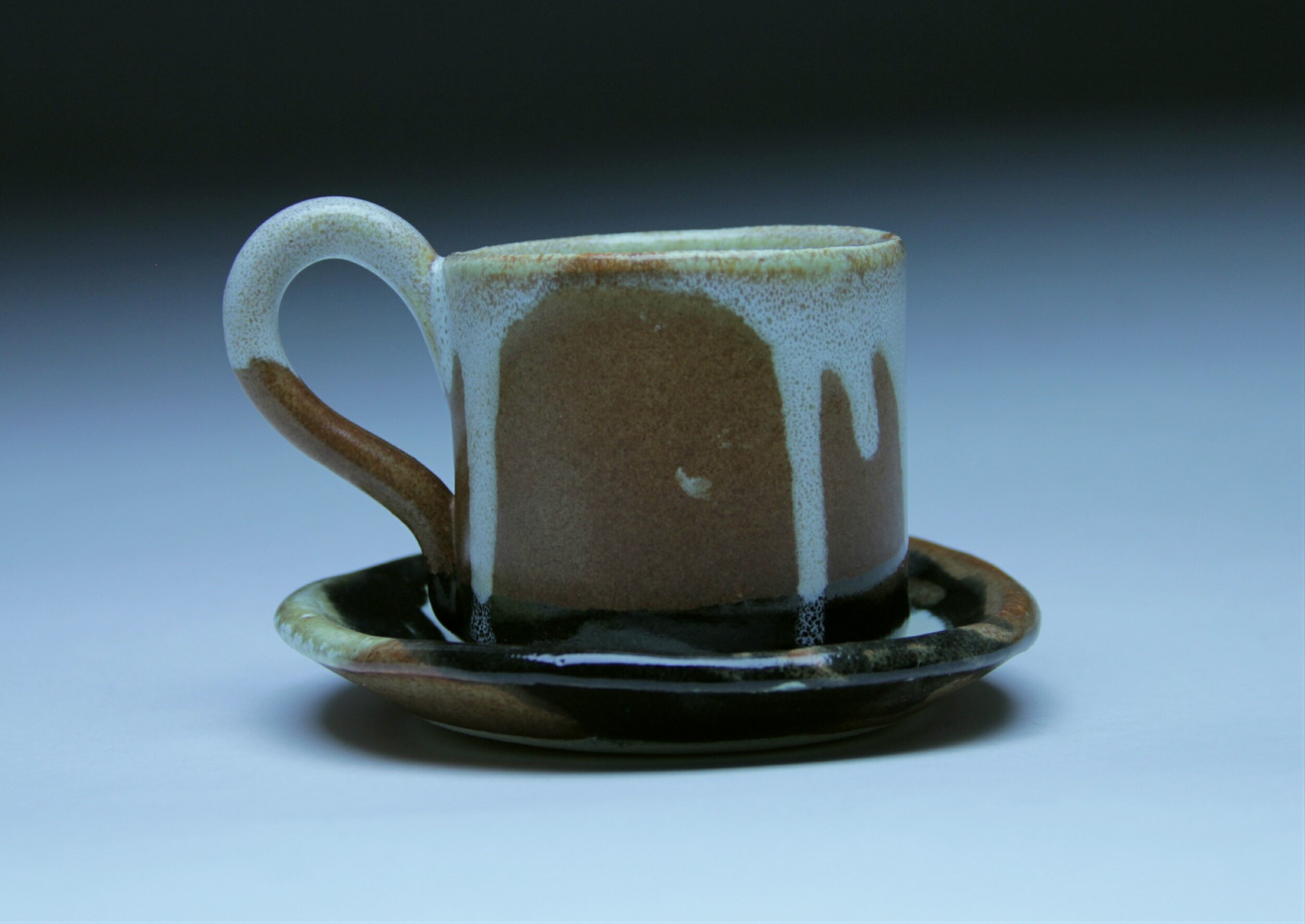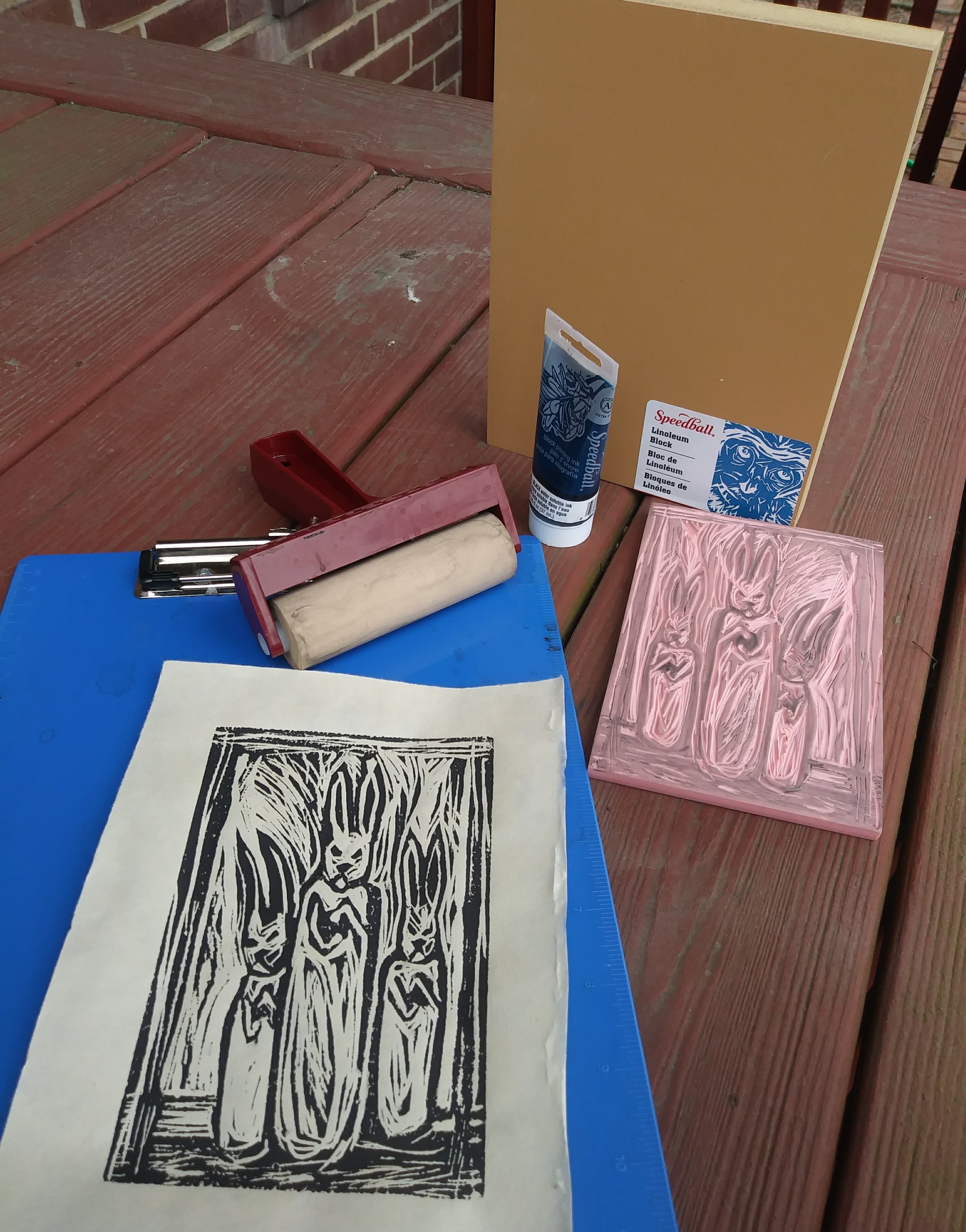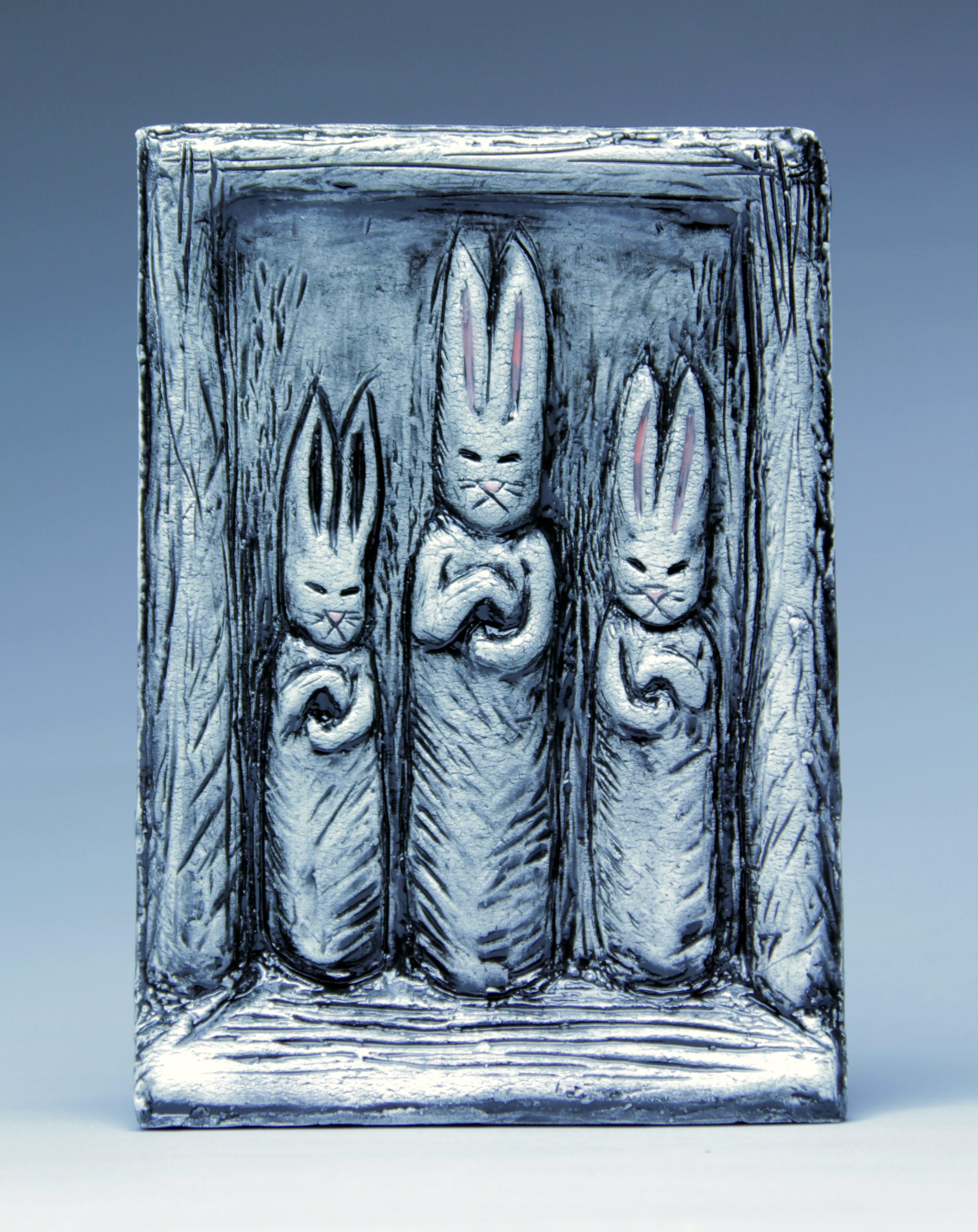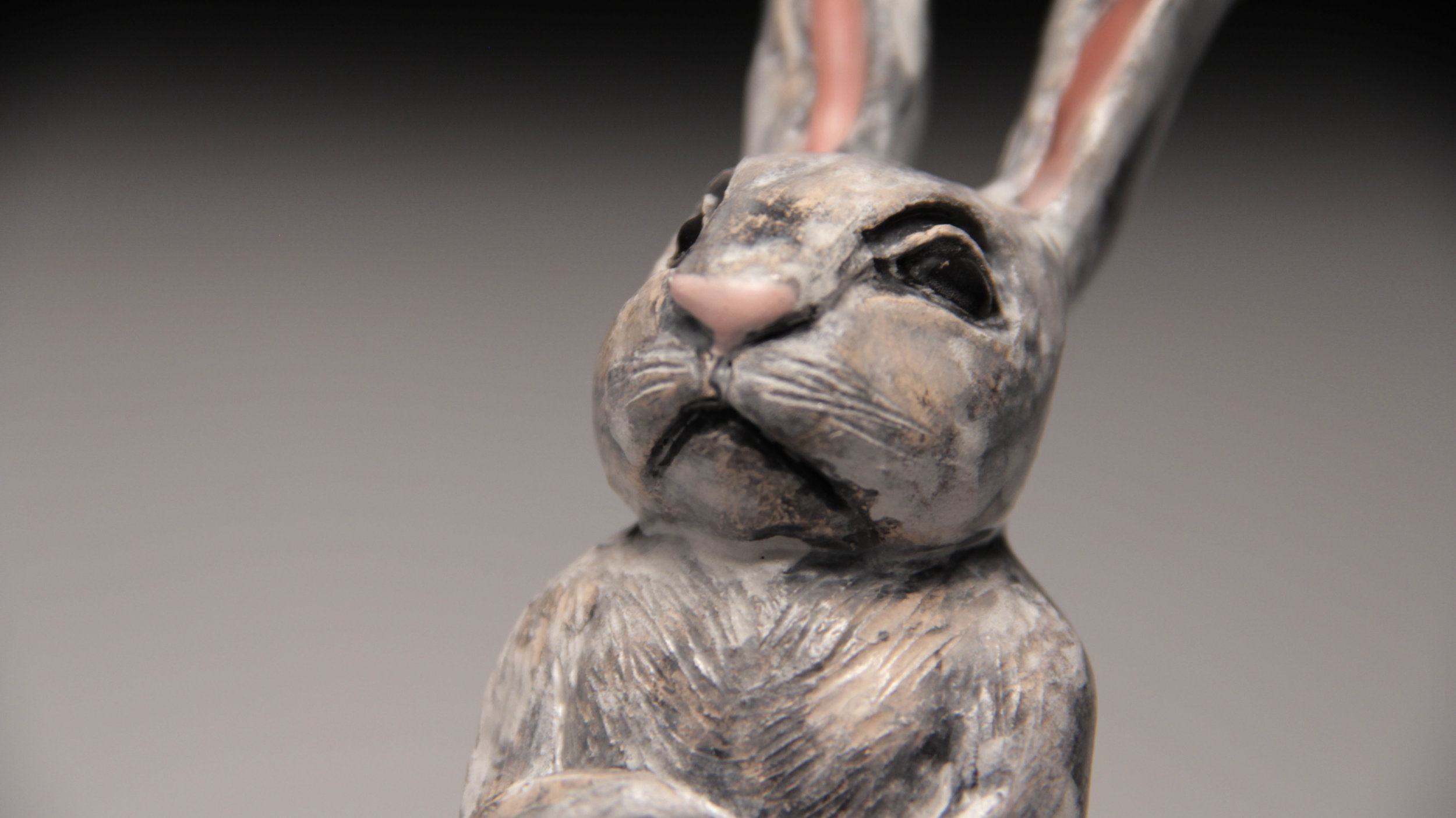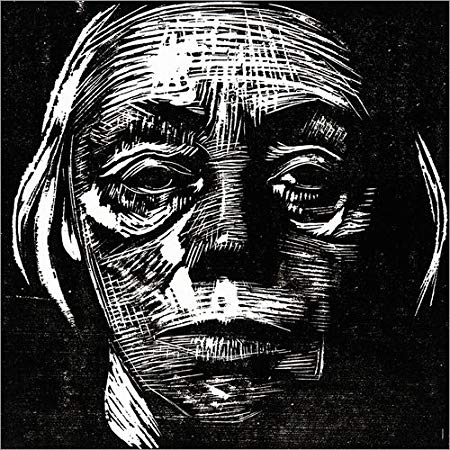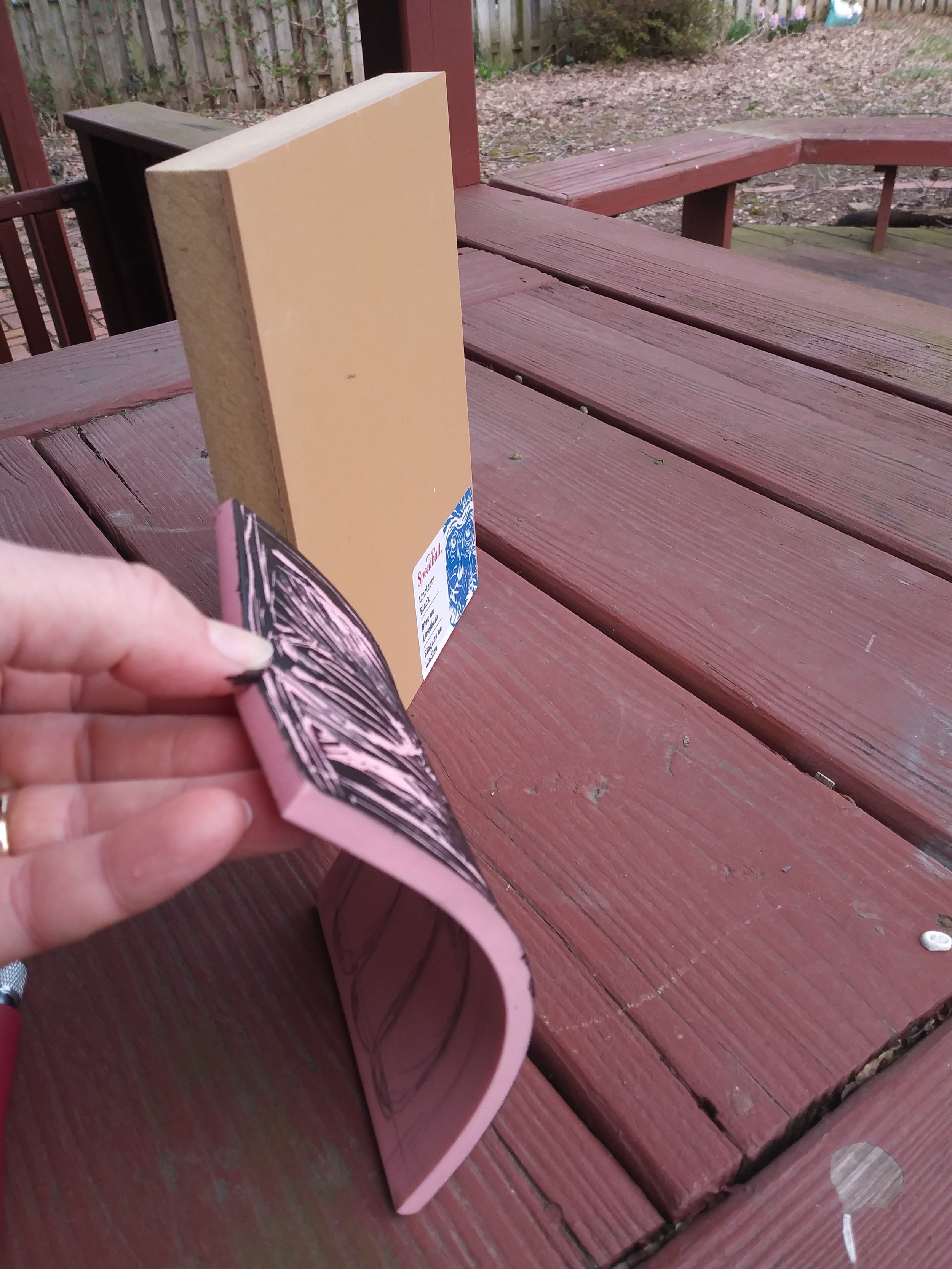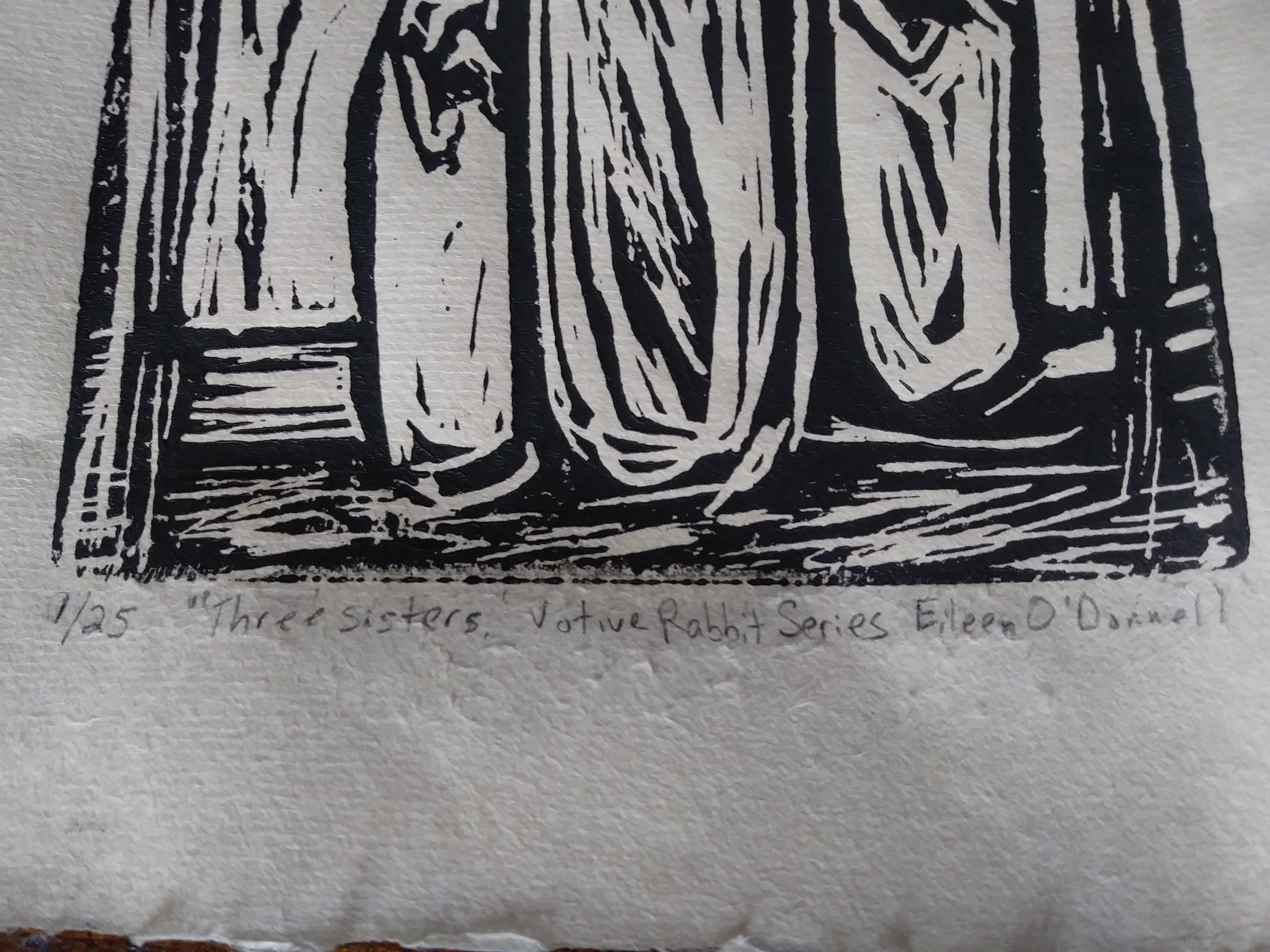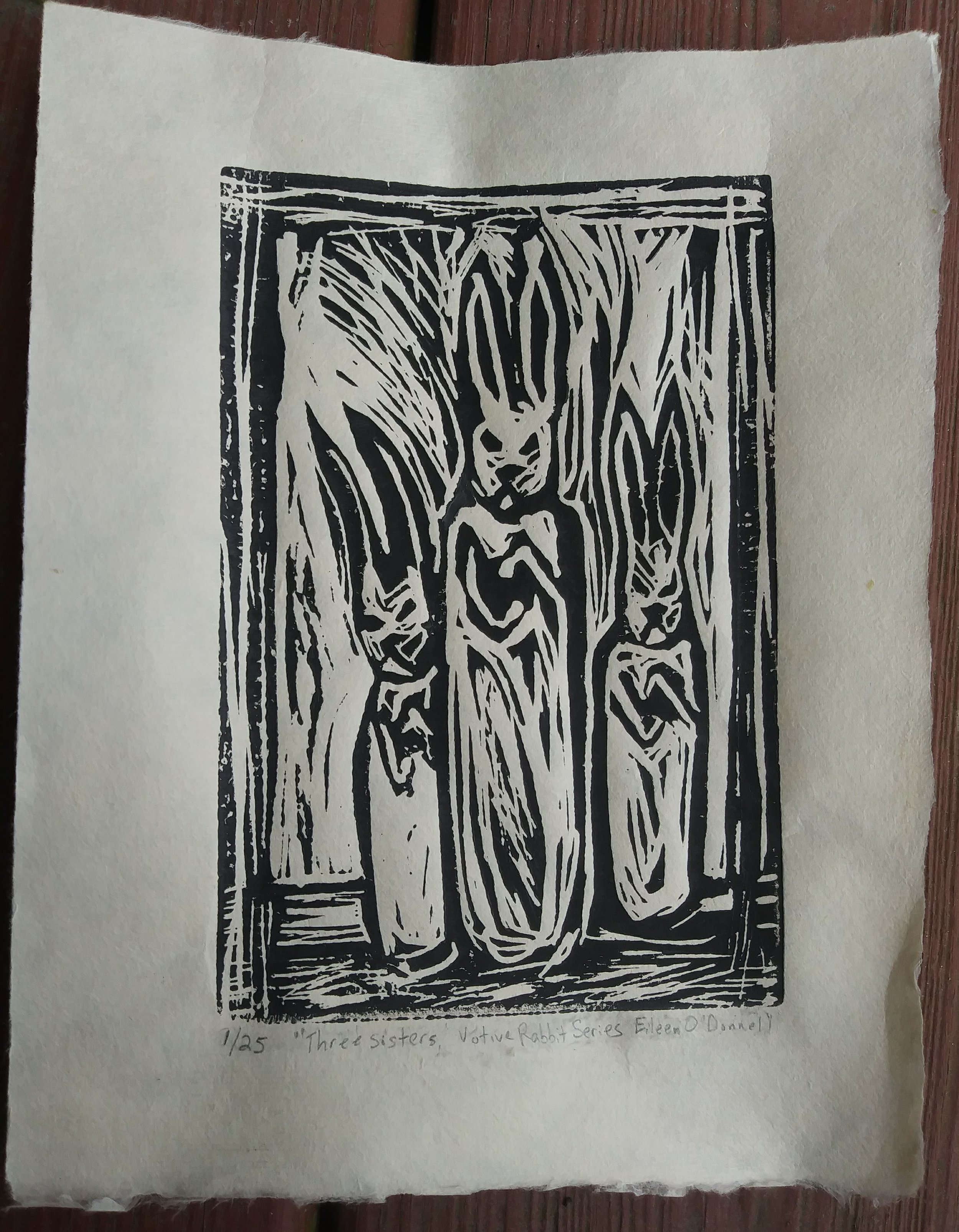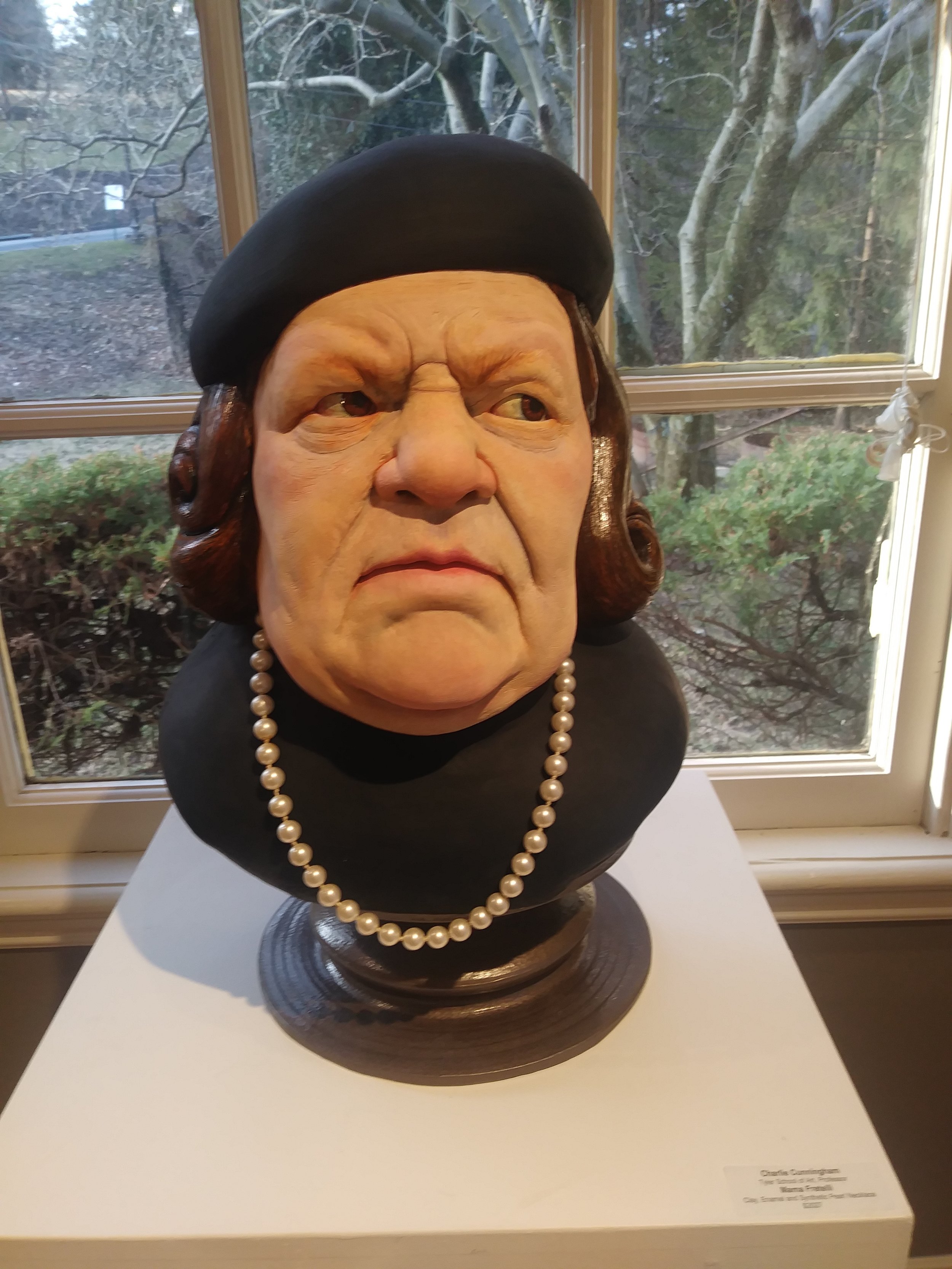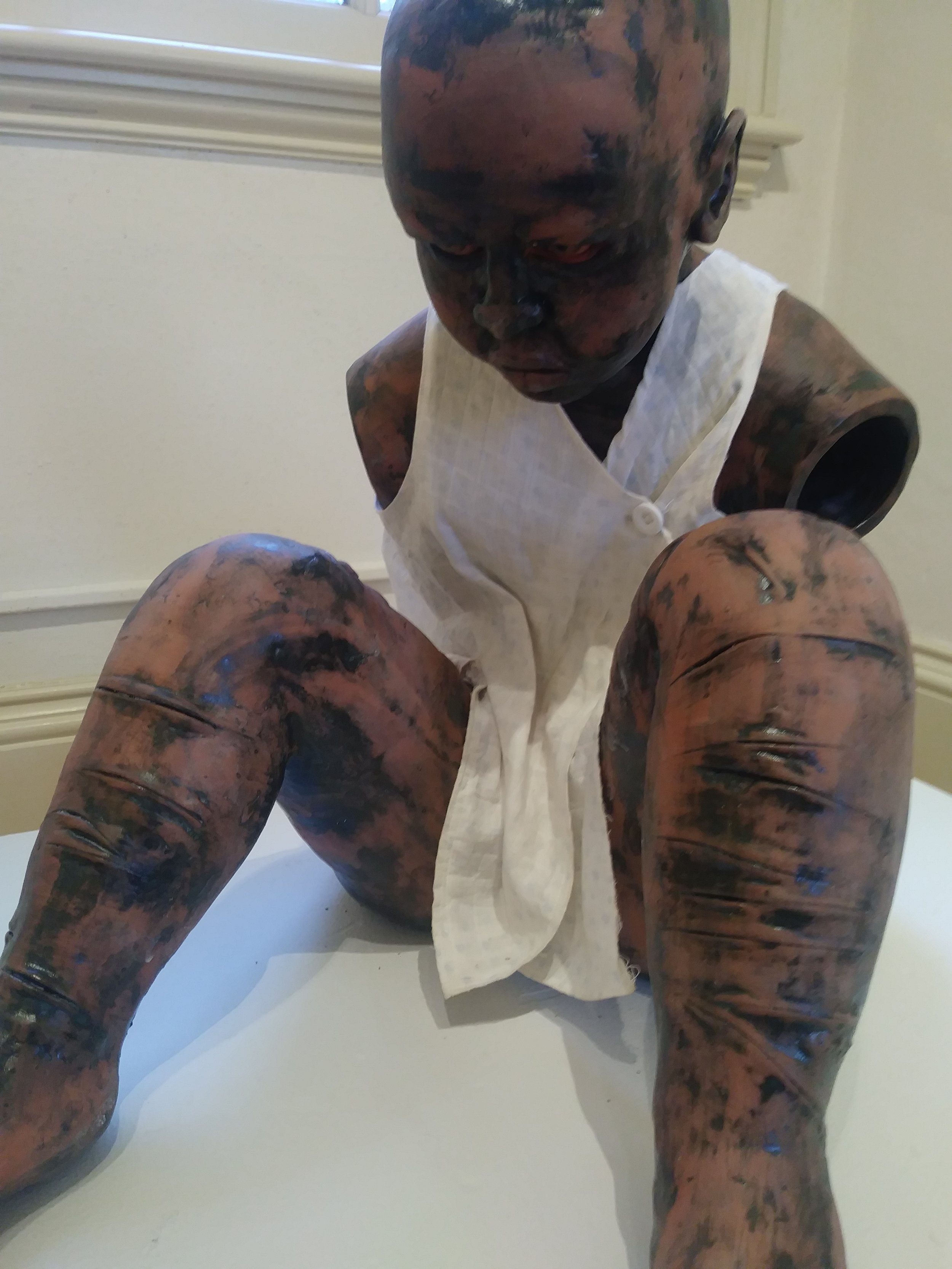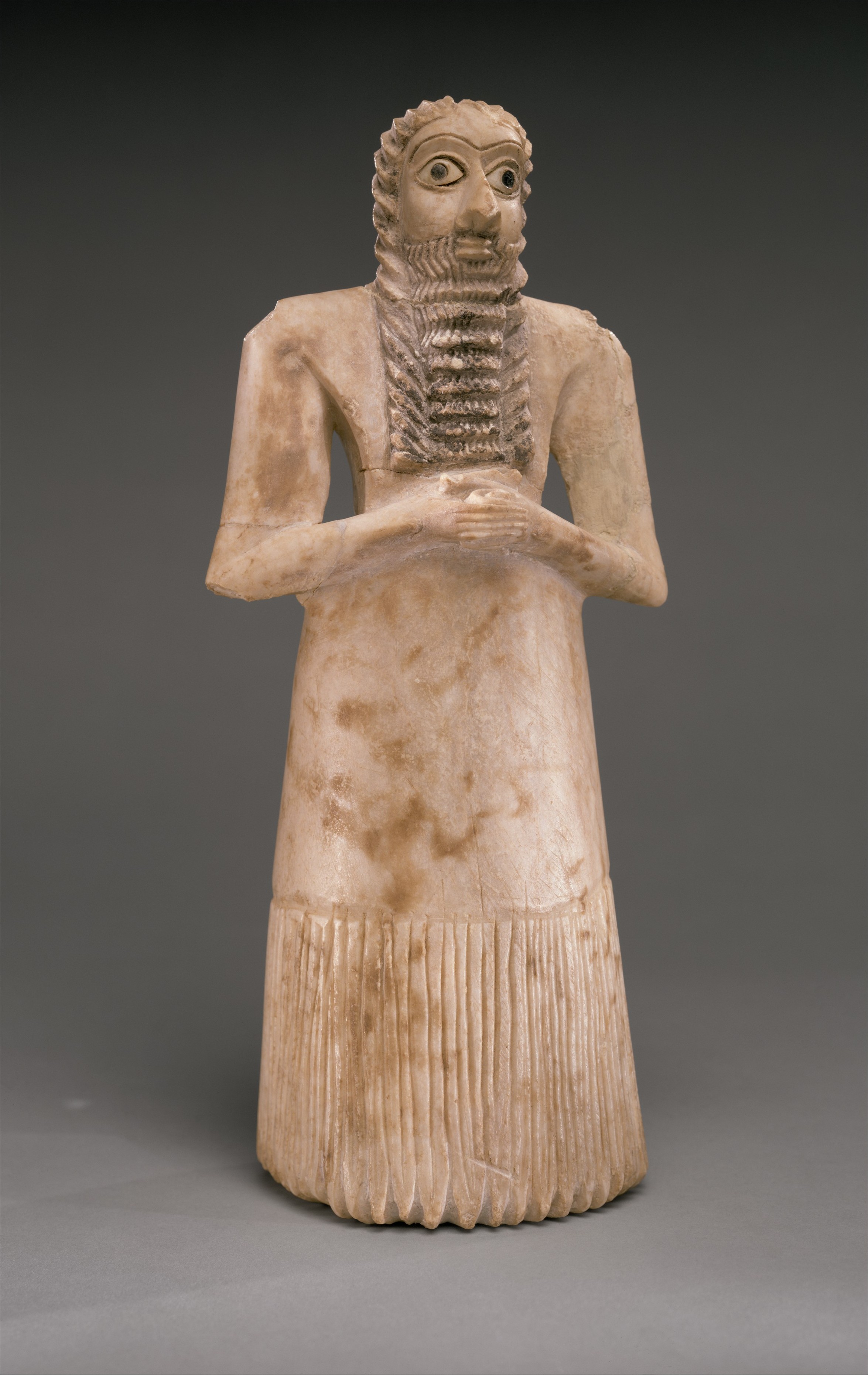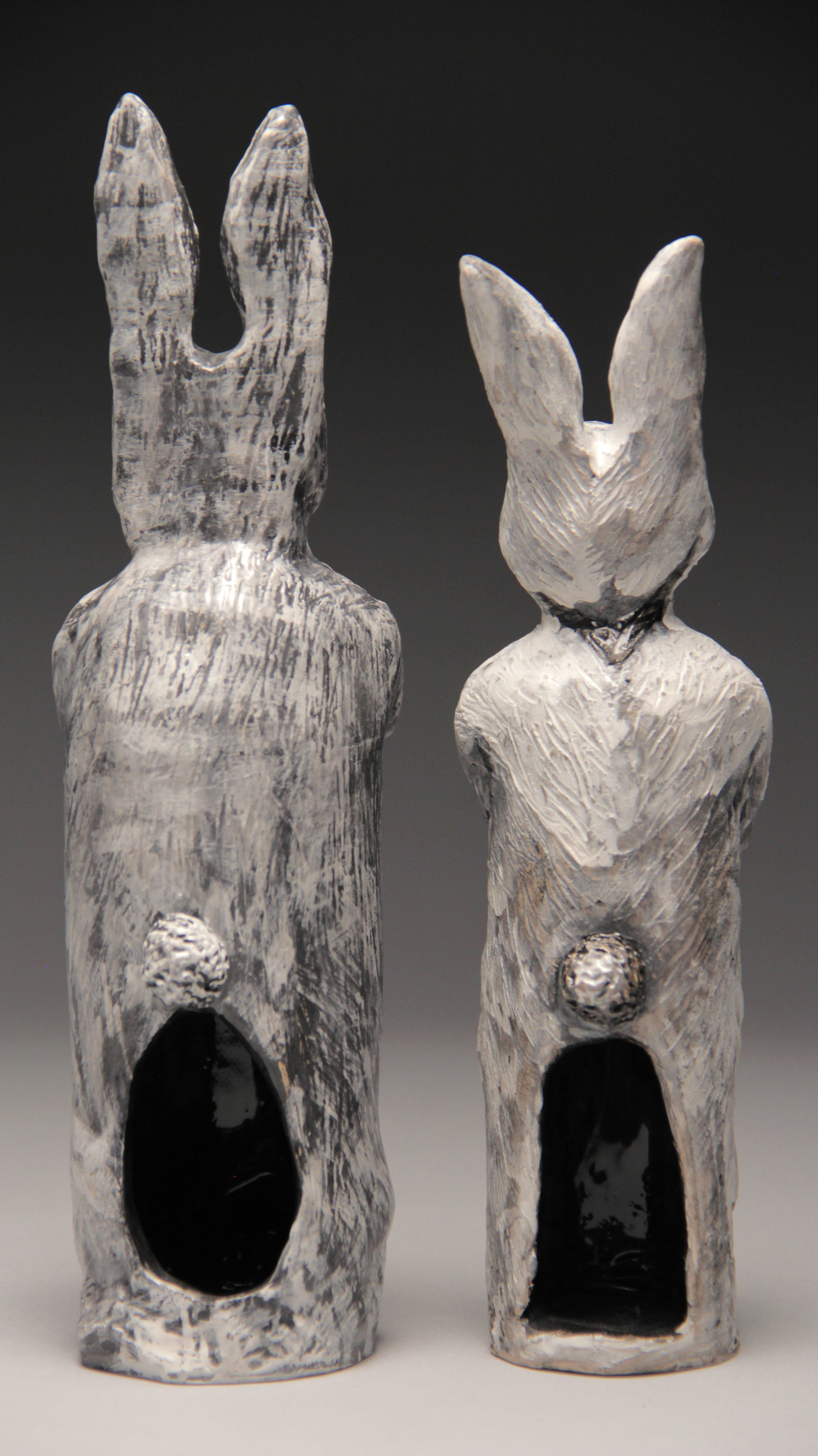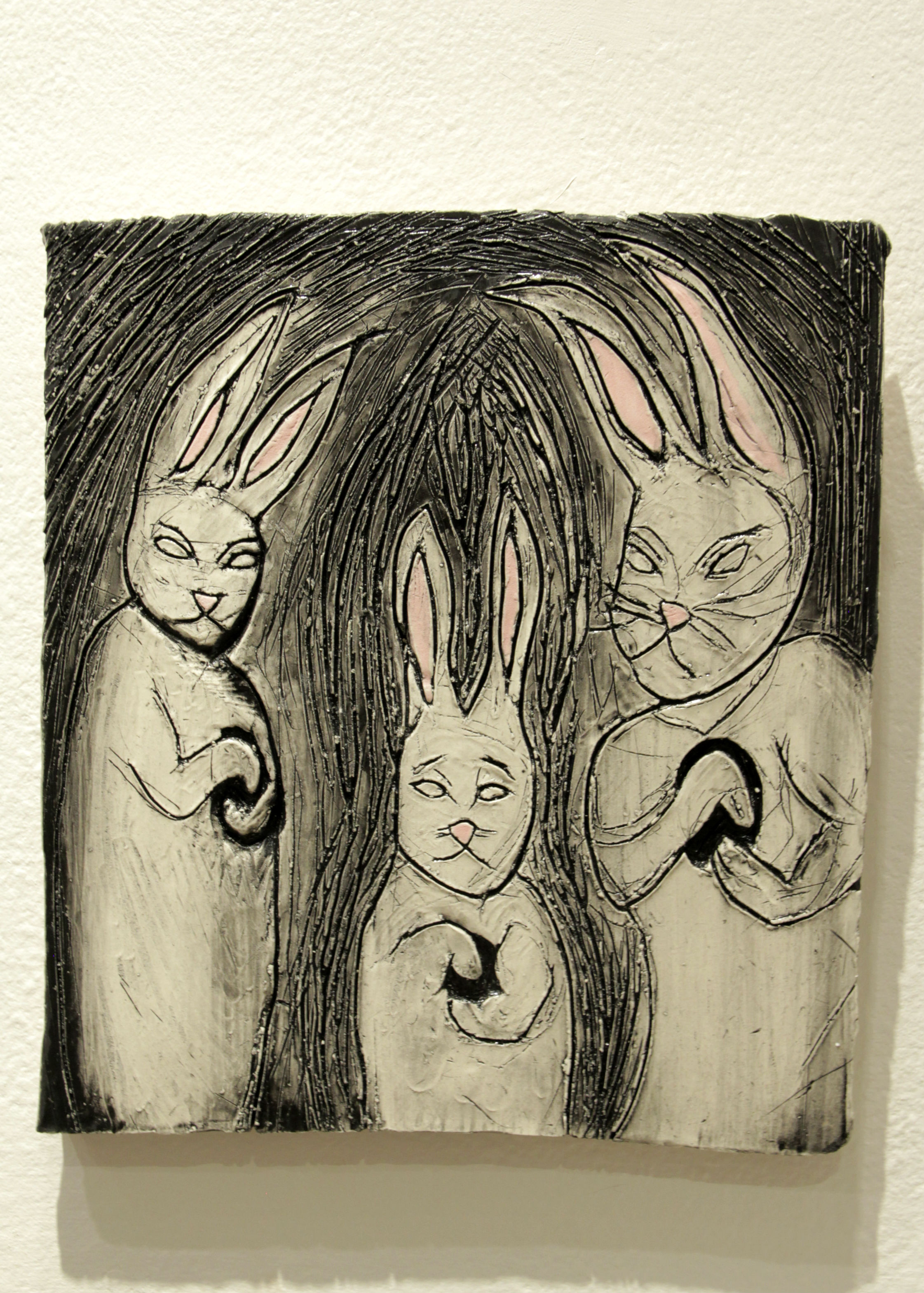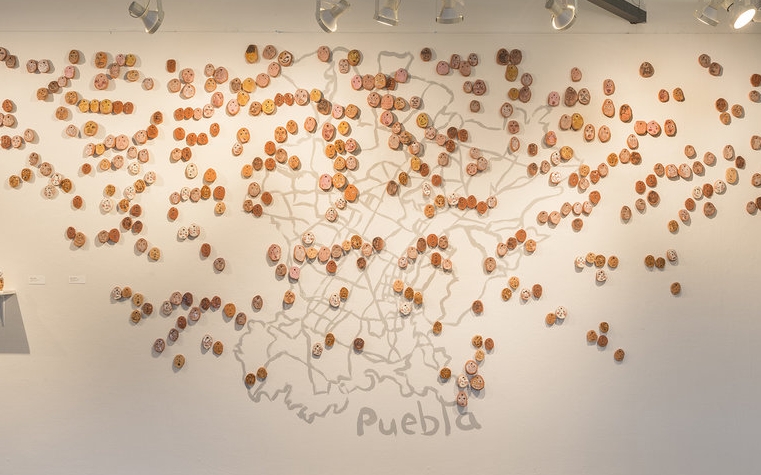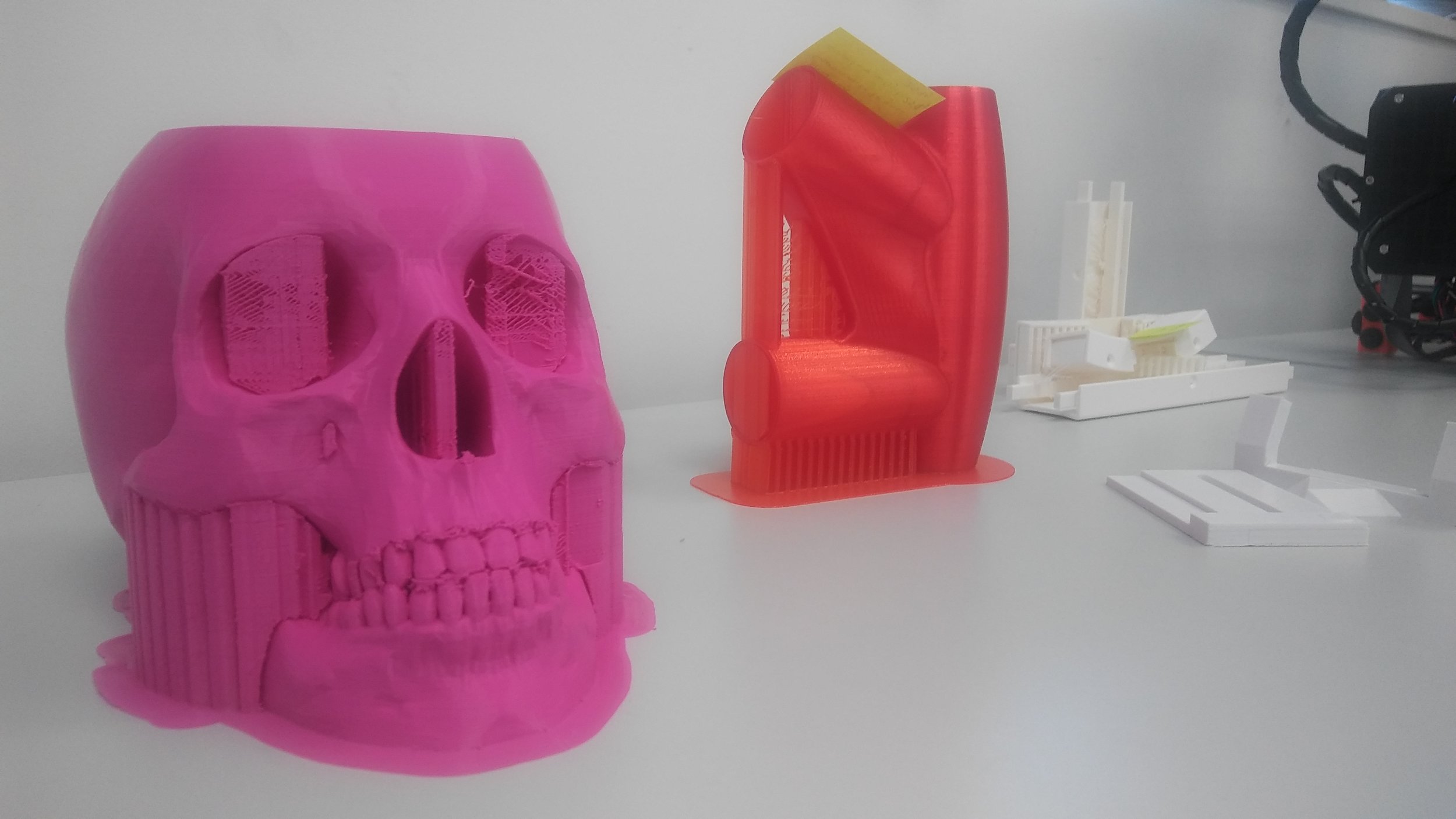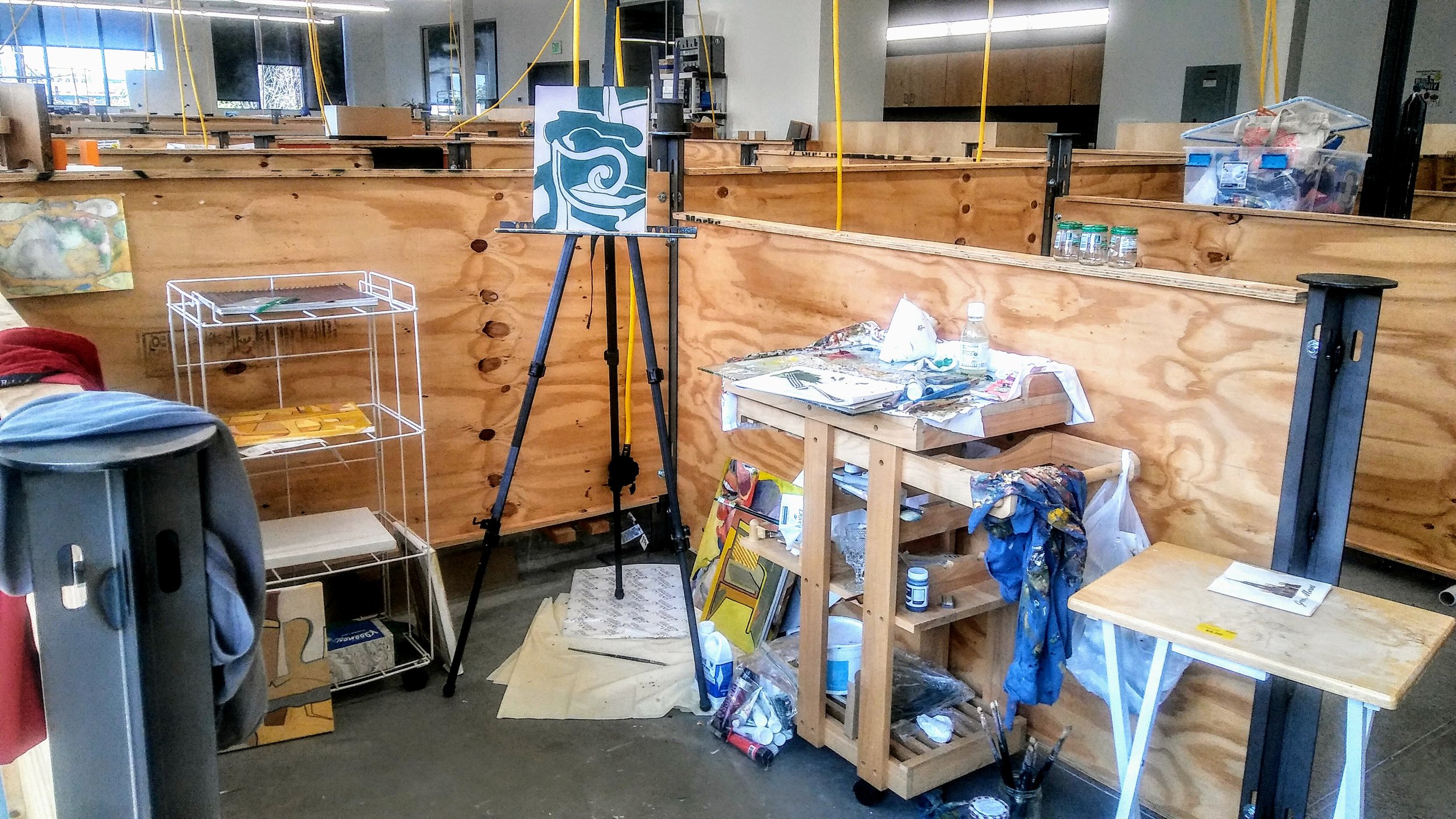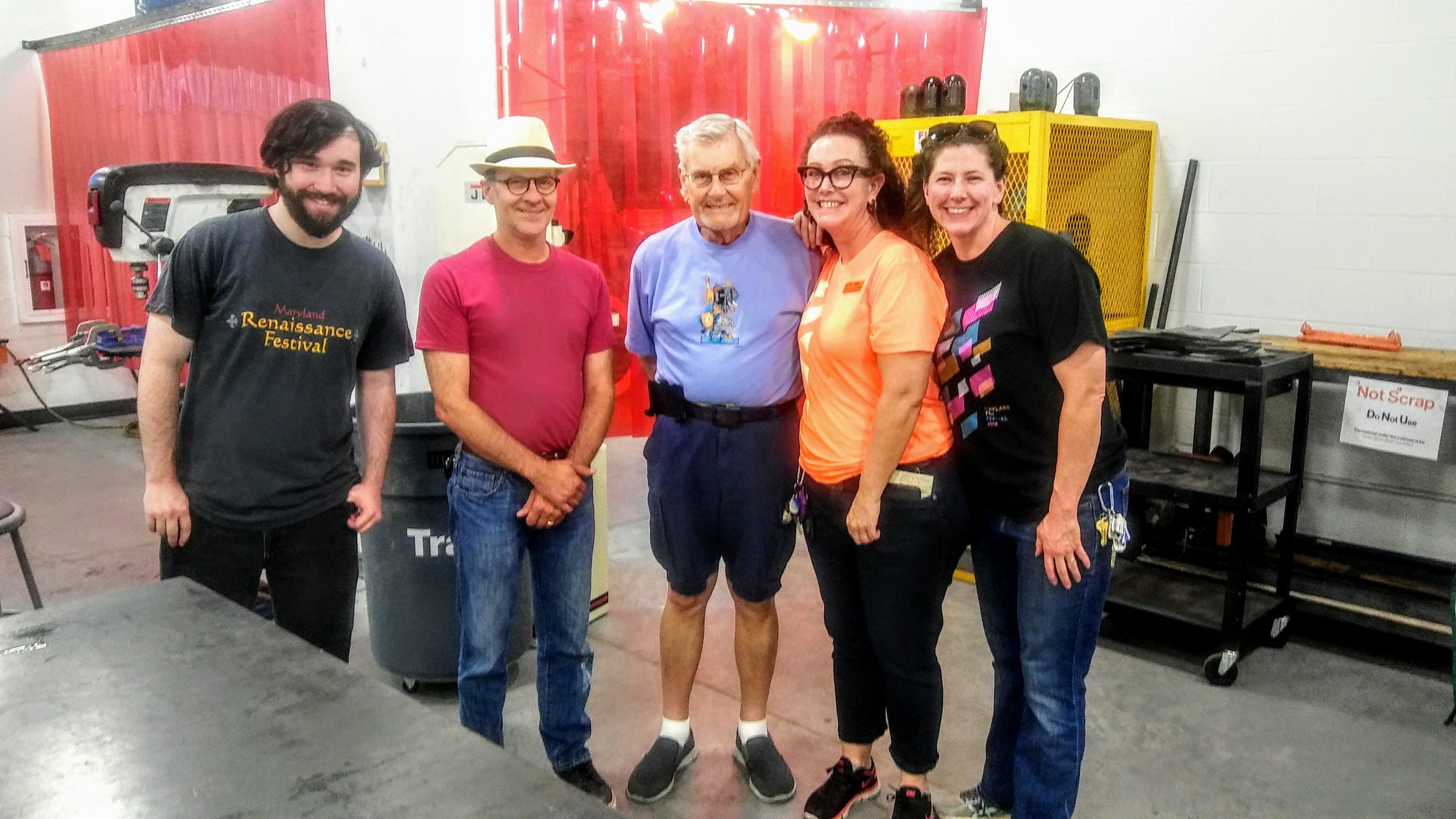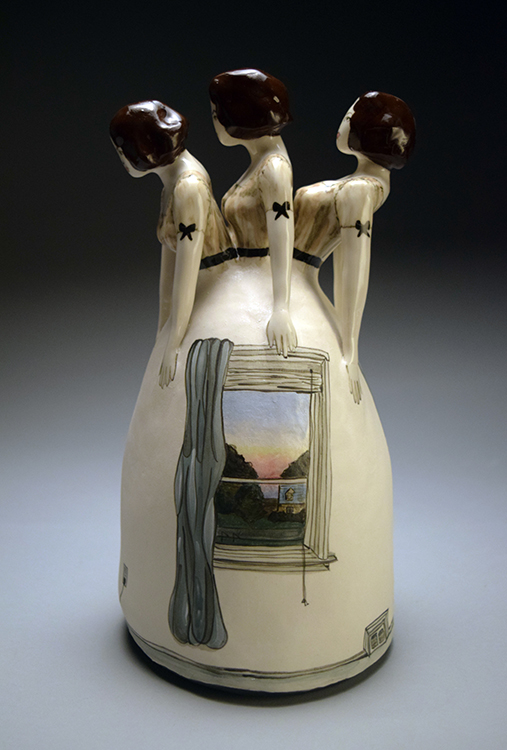Dear friends, when we last convened, oh, back in April, you were kind enough to read "Printing the Three Sisters or, How I Made This: Fun with Speedball Linocuts.”
And then- I slipped away without a word. You might call it the French leave, or my in my case, the Irish exit…
My good friend Kathleen, however, took me to task.
“You know you can't just stop-you set out all those goals publicly- which I couldn't believe you did that by the way- but now you have to say what you did and did not do.”
As usual, Kathleen was correct. I had made promises to both myself and others about what I would be doing through it the year and also to reporting those activities in the blog.
"Oh don't worry I said, there"'ll be an accounting.”
There's always an accounting.
So, in the spirit of redemption dear reader, I offer you this post, such as it is, as a fresh start- a part of the journey just a little farther down the road. And as always, I do appreciate your company…
So, 2019, how did I do? Picking apart my goals, achievements and failures for the past year is both instructive and frustrating. Mostly, however, I do feel grateful for the opportunities and experiences that came to me all on their own. I am also aware and doubly grateful for the fact that being present, and in a sufficient state of health and comfort to write this post, is a privilege and achievement of itself. That others have not been so lucky, that fate alone chooses those upon whom she will smile or spit, and that it is the responsibility of every person to live as fully as possible in spite of their troubles- well, these are what should serve as my signposts along the way. Carpe Diem.
The following is brief recounting of my adventures this year, followed by the assessment of where I could be improving. I've kept this post limited to my art and art related activities, as there is no post long enough to accommodate the ridiculousness that ensues from my non-art related shenanigans. Hopefully you will find it interesting enough to come along…
What I have done:
-Sold my work at the R House market on a handful of Saturdays
Here I learned how to sum up my work in one sentence to interested passers by- and from there had a lot of interesting conversations. I also gained a whole new respect for the folks that run pop up shops everyday; after loading up, setting up, engaging with customers all day and then breaking down, I was exhausted!
-Completed a commission to make a set of three horse and rider sculptures in honor of Three Kings’ Day.
I also decided to expand the scale and scope of this commission on my own- this decision cost me some time that I would have devoted to other projects, but I feel like I needed to do it to make it worthwhile for me as an artist.
Doing the research on clothing and horse tack appropriate to the period, finding out more about the religious and cultural significance of Three Kings Day in Puerto Rico, and studying the many variations that other artists have made was all encompassing. It took me a month before I felt like I really had an idea of what these sculptures could mean to my client and their community. I then had to ask myself how I could contribute to that tradition with my own version, which I hoped would accurately reference the tradition, but also bring something new, contemporary, and engaging to my audience.
Another two months was dedicated to drawing horses, and making small versions of my planned sculptures, called maquettes. I was even able to try out some new techniques, and practice my armature building skills.
The Three Kings’ sculptures
- Taught “FUNdamentals in Handbuilding” classes at the Baltimore Clayworks, where I met some awesome people.
I am especially thankful for my students- each time I teach is another opportunity to create a new experience- to present information that excites people to want to know more-and to introduce new skills that they can use to develop their own voices as artists.
- Made Christmas gifts for my large extended family.
I made nearly 50 pieces of work- sculptural vessels, and sets of mugs, espresso cups, platters and presentation bowls-and I got lots of thumbs up!
Detail, one of the set of 4 espresso cups I made for my father in law
-Made independent films with my husband, Miceal O'Donnell.
Mostly I work as the cinematographer and production designer, but this year, I directed my first short film. "Good for Goodness Sake" stars Aaron Henkin (from NPR's Out of the Blocks) Vera Takemoto, and Ada Smith. It's a morality tale about a young girl who takes revenge on her cousin at Christmas. It played at the Charm City Fringe Festival’s rough cuts screening at the Creative Alliance in September.
On the set of “Good for Goodness Sake,” Yours truly, Vera Takemoto, Aaron Henkin, and Ada Smith
-Was asked to be a part of the Mythic Show at Community College of Baltimore County in Catonsville.
It was an honor to be included along with the other artists in this group show, and so inspiring to see the work that curators EmilyAnn Craighead and Nicole Buckingham-Stern selected. I must also say that the way these curators presented my work in the gallery taught me a thing or two about how I would like my work to be presented from now on. They took great care in mounting my sculptures in such beautiful glass cases, as well as expertly lighting the show. They really set the stage for my pieces to have maximum effect. My work has never looked better!
One of my pieces, “Premature Cull” in the Mythic show at the gallery of the Baltimore Community College in Catonsville
-Designed the set and made the props for my husband's short film, “Sea Monster,” hopefully coming soon to a film festival near you!
What I have not done: or, (better yet), what still needs doing
There are several areas in which I have fallen short of my goals, but I would venture to say that this is not necessarily a failure.
For example, one of my plans this year was to complete a body of work that explored the idea of identity and transformation. I would accomplish this through making at least 8-10 ceramic shields and totems, with accompanying drawings and small works. As I was about to glaze the first shield, I accepted the commission for Three Kings Day, and turned my full attention to making these pieces my best work ever. I wanted to go above and beyond my client's expectations- and that was definitely going to require some extra work on my part. I also had never sculpted horses before- so before I even began sculpting a maquette, I had to take some time out to study horses- their proportions, their expressions, and the types of saddles and tack that the Three Kings might have used. It took a month's worth of sketches before I was confident in their structure and horsey ways.
Detail, one of the Kings as he sees the star in the East
I then had to figure out how to best construct these horses and riders. When you take a look at horses, it's really a miracle that they can support all of their weight on such spindly legs. I had to plan my armature and construction carefully so the sculpture would not collapse under its own weight. I made three smaller versions of each of the three horse and rider sculptures, and then experimented with using dowels and paper to keep my sculptures from falling over while I was working on them.
One of Kings I modeled with the traditional costume of the Taino, an indigenous culture of Puerto Rico
Fulfilling this commission took me until August- nearly 4 months from start to finish. This brought me right up to the time that I needed to start pre-production on the short film. We shot the short in early September, and then I started teaching again at the Clayworks for the fall semester. The end of September is when I usually start making gifts for Christmas for family and friends and…
Detail, one of the Kings- I chose the green and gold colors to honor the colors of the client's hometown. This king, weary from has travels, has just about given up- his horse, however, knows better.
As of today, I'm still at only one shield, but I have finally begun work on the rest. While I enjoyed doing the commission, and definitely used it to increase my skills and experience, I learned that I need to carefully consider the time that special projects such as these take my attention away from the work that I set out to do.
I also learned that I really enjoyed directing, and will plan to do it again this year.
The “still needs doing” column is long. I didn't get out to visit many shows, or attend community meetings this year. I also still haven't created a sustainable source of income from my art- a longer term goal which requires my dedication to attending to the “business” of art.
So, while this is in no way a full assessment of my progress and failures this year, I do hope it serves as some measure of accountability, as well as an acknowledgement of the wisdom of my friend Kathleen. I count myself very lucky indeed to be able to even have such pursuits.
I do hope that your year, dear reader, was fulfilling and delightful to you, and that you feel excited about what this new year will bring. I appreciate your interest in hearing about how I navigated my art practice this year. I'm ready to make 2020 my best year yet- and don't worry- I will keep you, and Kathleen, posted!
Me and my (unglazed) shield


